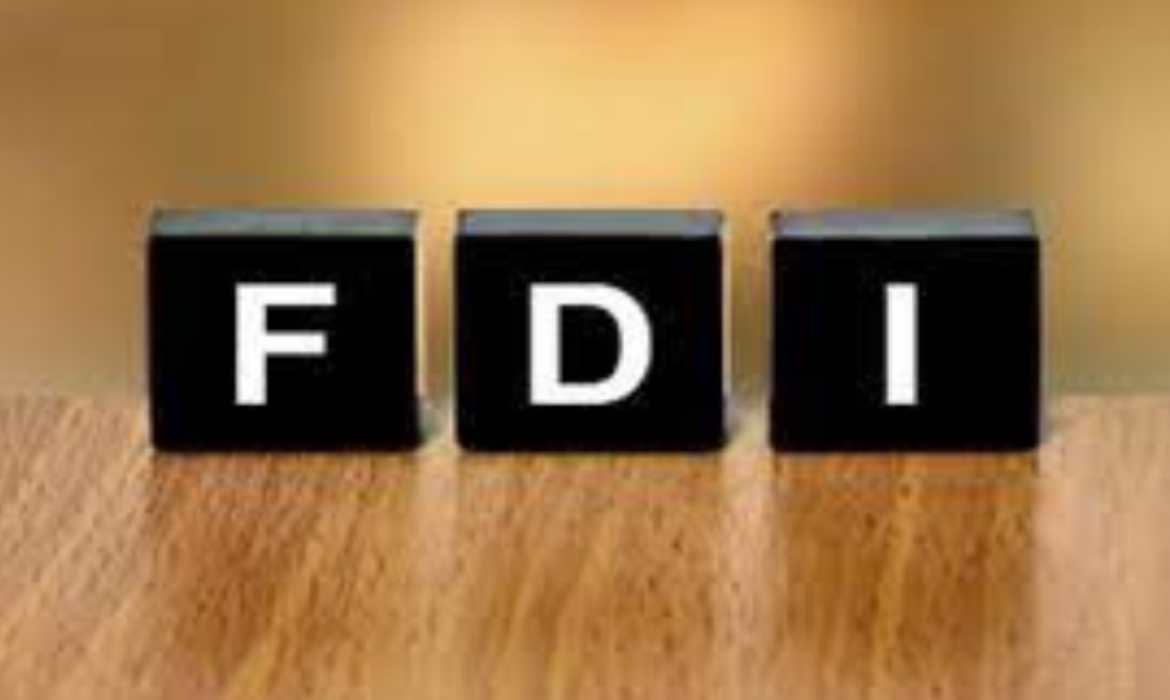26% FDI Extension Provided To The Digital Media By The Union Cabinet
FDI stands for Foreign Direct Investment. Under this, the companies are independent to raise investment via through foreign channels. Earlier, this facility was only available to the print media, and only they were authorized for the FDI.
The step is considered to be bold and resourceful in the direction of obtaining success in the Digital India Campaign launched by Prime Minister, Sri. Narendra Damodardas Modi.

Bestmediainfo
In a statement issued by the Union Minister of the Finance, Mr Piyush Goyal stated: “ Even as foreign direct investment slows down across the globe, we are looking to liberalize norms in the country. We hope India can maintain its position as an attractive investment destination and grow in the coming months.”
The statement was issued, on Wednesday while the Minister was addressing a press conference.
Expanding the scope of FDI and expanding it to 29% for the digital media is indeed seen in a positive light. People in the industry are welcoming it, as there were no such policies in the past. It is speculated that the step will help flourish the digital media in India and motivate platforms to work as an independent entity.
Jehil Thakkar, a partner at Deloitte India, explained the importance by stating that,
“All digital media was simply subsumed under the broader legal entity it was part of, broadcasting or otherwise, This will now allow digital platforms to be unlocked from the bigger companies and seek separate valuation.”
Now, the companies registered under one umbrella(parent company) will be able to register themselves separately. Therefore, they will be independent to raise funds separately for themselves.
The current Government led by Prime Minister Modi has proven itself to be determined, in generating and enhancing the scope of digital media and its platforms for better development of the country ensuring security and development at the same scale. However, the digital media have waited for this opportunity for long now. Whereas, the print media enjoyed the FDI of 25% to 49%.
Digital media have impacted our society at a wider pace. The landmass covered by digital media is far broader compared to the print media. In India, around 1.2 billion people are part of the digital media family. This population include both urban and village residents.
Some people are still unsure if the decision is as fruitful as it seems. They were expecting the percentage of FDI allotted should have been 49%. Raising the FDI to 49% will help to generate more jobs in the industry and create employment for millions. The extra money could have been utilized in the development of multiple sectors including education, entertainment, expanding the scope of digital payment and in developing healthcare industries.
However, according to Manav Sethi, Chief marketing officer at Eros Now, “Earlier there was no FDI restriction in digital media, so the current imposition of 26% is restrictive, and so bad news for the sector,”
Well, the glass filled with water can be seen, as half-filled or half empty! However, people in the digital industry are embracing the decision wholeheartedly and are hoping for a better future of digital platforms and media market in India.


